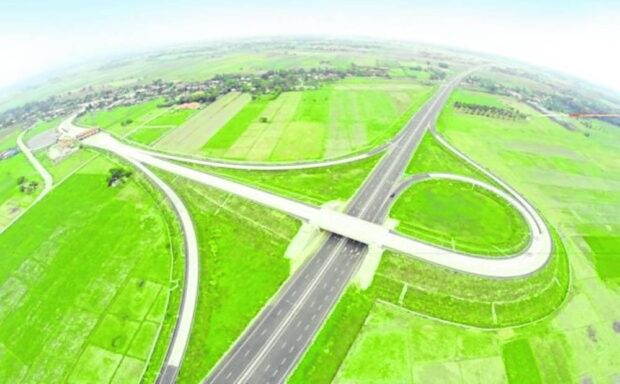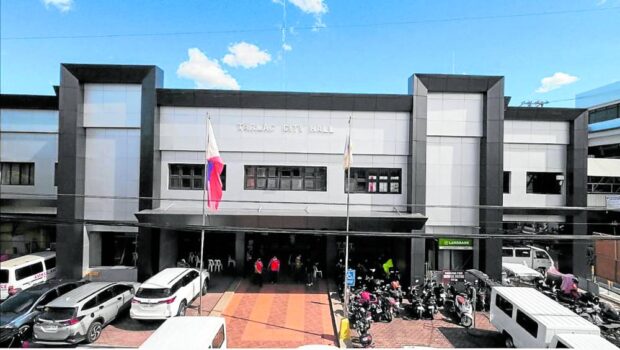The province of Tarlac is recognized as one of the country’s major agricultural centers and an emerging investment hub in the north. The province’s history, resilience, and strategic location at the heart of Central Luzon have helped it grow into one of the thriving provinces in the country today.
Tarlac is a relatively young province compared to its neighboring provinces. It was the last province in Central Luzon to be organized under the Spanish government. Up until 1874, Tarlac was a part of Pangasinan and Pampanga.
The province has made big contributions to the country’s revolutionary history. It was among the first provinces to revolt against Spain in 1896. The province also played a significant role during the American and Japanese occupation because of its strategic location.
Fast forward to decades later, Tarlac has seen several improvements in infrastructure and economic activities that stimulated advancement and developments in the province.
Of its 305,345 ha of land, around 129,000 ha of Tarlac province are arable. The province yields a bounty of agricultural produce but its biggest production are rice and sugar. The province’s yearly production of both crops contributes significantly to the country’s food supply and exports. Aside from agriculture, economic activities in the province also come from industrial estates which host several factories and business zones. These include businesses engaged in manufacturing, specifically electronics, rubber tire production and sugar milling.
Because of its location, several road networks of expressways and national highways criss-cross the province. These major roads bring in business traffic, tourists, and potential investors to the province. These roads also make the province accessible to international airports, free ports, and seaports.
In 2013, the 16.7-km Tarlac City-Gerona portion of the Tarlac-Pangasinan-La Union Expressway (TPLEx) was opened to the public. The TPLEx is one of the major thoroughfares that helped boost tourism and industries in Northern Luzon, particularly in Tarlac as the expressway facilitates the entry and exit of vehicles in all the towns that it traverses, making transport in the province seamless and easier.
The province also has developed roads that facilitate interconnectivity between its lone city and 17 municipalities. These local roads within the province make it easy to travel from one town to another.
In its official website, the province of Tarlac boasts of the different contributions and growth of its municipalities. Among the large towns of the province include Camiling, Paniqui, Capas and Concepcion which are classified as large towns because each town has over 50,000 in population and has primary and commercial centers.
The municipalities of Moncada, Victoria, Sta. Ignacia, La Paz, Gerona, San Jose, Mayantoc, and Bamban are classified as medium towns as each town only has a population of over 25,000. But they are known to be rich in mineral, agricultural, fisheries, and forest resources.
The municipalities of San Manuel, Anao, San Clemente, Ramos and Pura are classified as small towns with over 5,000 in population each. These towns are more focused on food production and rural service resources.
The province of Tarlac also prides itself for being one of the most multicultural provinces not just in Central Luzon but in the whole country as well. A landlocked province, Tarlac takes on the culture of Pangasinenses in the north, Ilocanos of Nueva Ecija in the east, Tagalogs of Zambales in the west, and Kapampangans in the south. This fusion of different heritage has also shaped the province’s progressive developments.



